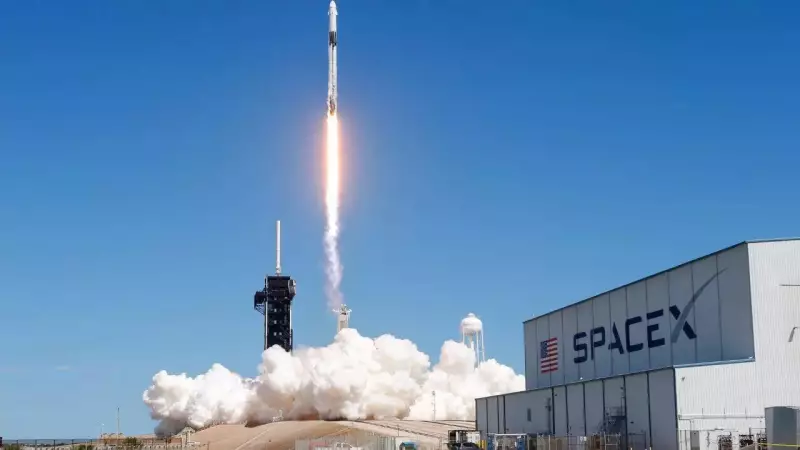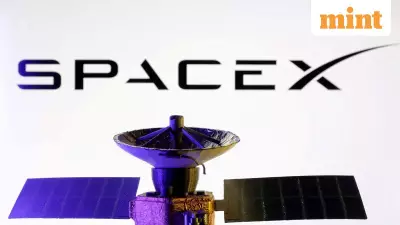
In a groundbreaking development for space exploration, Elon Musk's SpaceX has revealed a significantly simplified approach to its Starship program that could dramatically accelerate NASA's Artemis 3 mission to return humans to the Moon.
Streamlined Mission Architecture
The revised strategy eliminates the need for multiple Starship-to-Starship refueling operations in orbit, a complex procedure that was previously considered a potential bottleneck for the ambitious lunar mission timeline. Instead, SpaceX engineers have developed a more efficient mission profile that maintains the core objectives while reducing operational complexity.
Enhanced Astronaut Safety Measures
SpaceX's new plan places unprecedented emphasis on crew safety, incorporating several critical design modifications to the Starship lunar lander. The updated configuration includes enhanced life support systems, improved emergency abort capabilities, and redundant safety mechanisms specifically tailored for the challenging lunar environment.
Accelerated Timeline for Moon Return
This strategic simplification could potentially shave months off the development timeline, bringing NASA closer to its goal of landing the first woman and next man on the lunar surface by the mid-2020s. The streamlined approach addresses several technical challenges that had raised concerns about schedule delays.
Key Technical Improvements
- Reduced orbital refueling requirements
- Enhanced propulsion system reliability
- Improved thermal protection for lunar operations
- Advanced navigation systems for precise landing
NASA-Industry Collaboration
The revised plan represents the culmination of extensive collaboration between SpaceX and NASA engineers, who have been working closely to identify potential risk areas and develop practical solutions. This partnership demonstrates the growing synergy between government space agencies and commercial space companies in achieving ambitious exploration goals.
SpaceX's innovative approach to simplifying the Starship architecture while maintaining mission capabilities marks a significant milestone in the new space race. As development continues, the space industry watches closely, recognizing that these advancements could fundamentally change how humanity approaches deep space exploration for generations to come.





